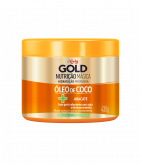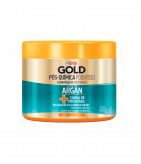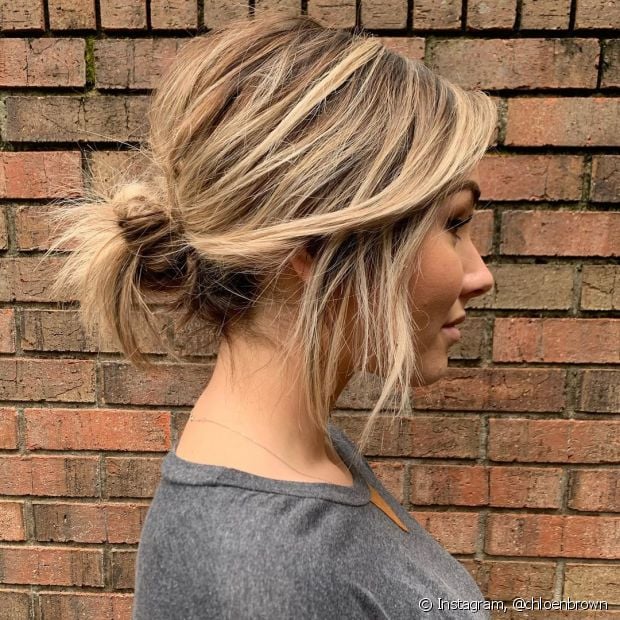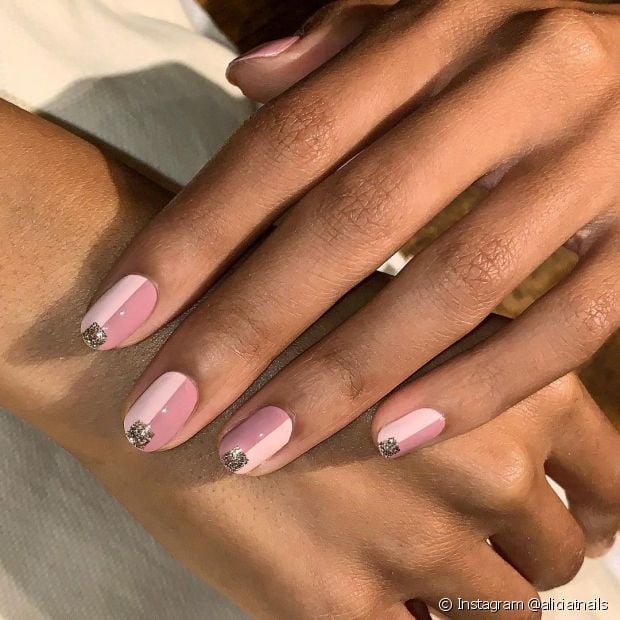13/ Hair schedule for damaged hair: 5 tips to assemble yours

Learn how to make a capillary schedule for damaged hair and recover the health of the strands (Photo: Instagram @curlswithapromise)

In addition to distributing routine treatments, choosing the right masks for hair needs is essential (Photo: Instagram @amanda__guido)

The hair schedule for damaged hair can be adapted according to the type and level of damage (Photo: Instagram @jamiepaigebeauty)



diva tip

Pro-Hydration Treatment Cream Niely Gold Hair Supplement 800G
Explore
Niely Gold Magic Nutrition Concentrated Mask 430g
Explore
Powerful Post-Chemical Niely Gold Concentrated Mask
ExploreLooking for tips on how to make a hair schedule for damaged hair, diva? When the hair is dry, brittle or porous, it's time to review the steps of the treatment routine and the products used on a daily basis to recover the health of the locks. For this, you will need to identify which types of damage are accumulated in your thread, which treatments are most important for your case and the ideal frequency of each one. Check out the tips we've listed below!
What is damaged hair and how to tell if it has damage?
Before putting together a hair schedule focusing on damage recovery, the first step is to know how to identify if your hair is actually damaged. Damaged hair normally lacks life, movement and is no longer pleasant to the touch. Dryness, loss of shine and the formation of split ends are some of the main signs of damage. Generally, the wires have these characteristics due to the excessive use of flat iron and dryer, excessive exposure to the sun and washing with hot water.
Those who have hair modified by chemicals such as coloring, discoloration, relaxing and straightening also tend to observe these changes in the hair, especially if they are not treated regularly. In some cases, the accumulation of damage can lead to breakage, increase the porosity of the hair, making it unable to retain treatments, and even the thinning of the hair.
A post shared by Charnelle Lakey (@ladi.elle)
How to make a hair schedule for damaged hair: 5 essential tips
There is no single perfect hair care routine to restore damaged hair. To assemble the ideal capillary schedule, the secret is to distribute the treatments according to the main needs of your hair at the moment. Check out the tips:
1. If your hair is weak and brittle, increase the reconstructions
Damaged hair can lose strength and break easily, especially hair damaged by chemicals or flat irons. Breakage indicates that the strands are extremely lacking in nutrients, but mainly proteins, so they need rebuilding to regain strength. In these cases, the recommended thing is to do a reconstruction every week or every 15 days, instead of the traditional frequency of one reconstruction per month.
2. Dry hair may need more hydration
Water loss is one of the main causes of dry hair and also one of the most common damages, as hair is constantly exposed to the sun, pollution and other external aggressions that dry it out. Therefore, if your main sign of damage is dryness, keep hydration a priority in your hair schedule and don't forget to reduce the exposure of highlights to the sun, using combing creams with a UV filter.
3. If your hair is porous, bet on nutrition and reconstruction
Porous hair has very open cuticles and, therefore, loses its ability to retain treatment, which can cause or increase the level of dryness and increase breakage. Generally, these wires have deeper damage, which may have been caused by chemistry, straightener or hot water washes. To reverse the problem, it's important to make a capillary schedule that has more nutrition and reconstruction: while the reconstruction will repair damage and restore density to the strands, nutrition will help seal the cuticles and recompose the outer layer that protects the locks and prevents the loss of nutrients. But don't forget that reconstruction can only be done once a week on extremely damaged hair and once every 15 days on hair with normal damage. So no exaggerating, see, diva?
A post shared by Jessie Daoud (@jessiedaoudhair)
4. Use masks with a high concentration of nutrients
Damaged hair needs powerful treatments, so part of putting together a capillary schedule to recover the health of the strands involves choosing the products. After all, they are essential for the treatment to work. For hydration, bet on masks rich in vitamins, such as Niely's Pro-Hydration Capillary Supplement, which also has the moisturizing action of goji berry for softer and silkier hair.
As for nutrition, the tip is to invest in a mask that has a potent combination of oils and highly nutritious vegetable extracts, such as coconut oil and avocado, which you can find in the mask from the Nutrição Mágica line. For reconstruction, the secret is to bet on masks rich in keratin, which is an essential protein for capillary health, and oils with reconstructive action, such as argan oil. The Niely Gold Post-Chemistry Powerful mask is a sure bet for this stage of your capillary schedule.
5. Be sure to include good shampoos and conditioners in your hair schedule
Although not as remembered as the mask, shampoo and conditioner are also essential items in the hair schedule, especially when it comes to damaged hair. As these threads are already sensitized, it is important to use a line with moisturizing action, to do a gentler cleaning and that will not increase the dryness of the locks.
A post shared by Lynn-Kate (@lynnkatee)
Extra tip: how to see if the capillary schedule is working and the hair is recovering
After a few weeks following the capillary schedule to the letter, you will already be able to notice signs of improvement in the health of the threads. The first indication that your locks are healthier is the recovery of shine, movement and softness. The hair should also become fuller and stronger, with considerably reduced breakage.
Upon noticing this change, it is important to readapt your capillary schedule to a less intensive routine, starting with the frequency of reconstructions, which should be lower in healthy hair. Once a month is enough to restore the proteins needed for highlights. As for nutrition and hydration, these treatments can be done once or twice a week, according to the needs of your strands, as replenishing water and oils is essential for maintaining hair health.
Also remember that to keep your strands healthy, in addition to a good capillary schedule, you will need to reduce contact with the flat iron, in addition to increasing the time between one chemical touch-up and another so that the locks have time to recover and prevent the formation of new damage.


























